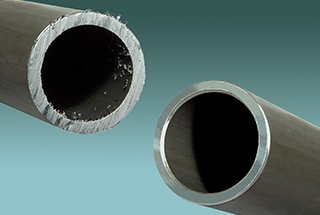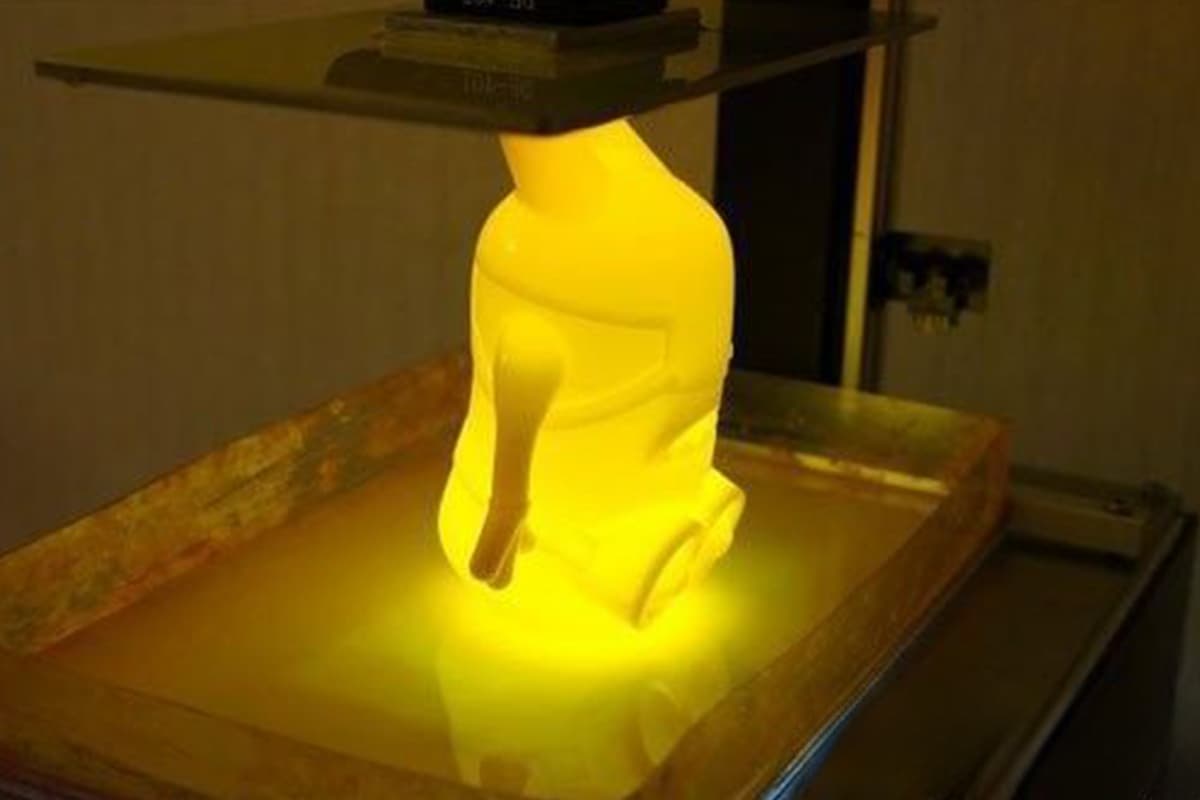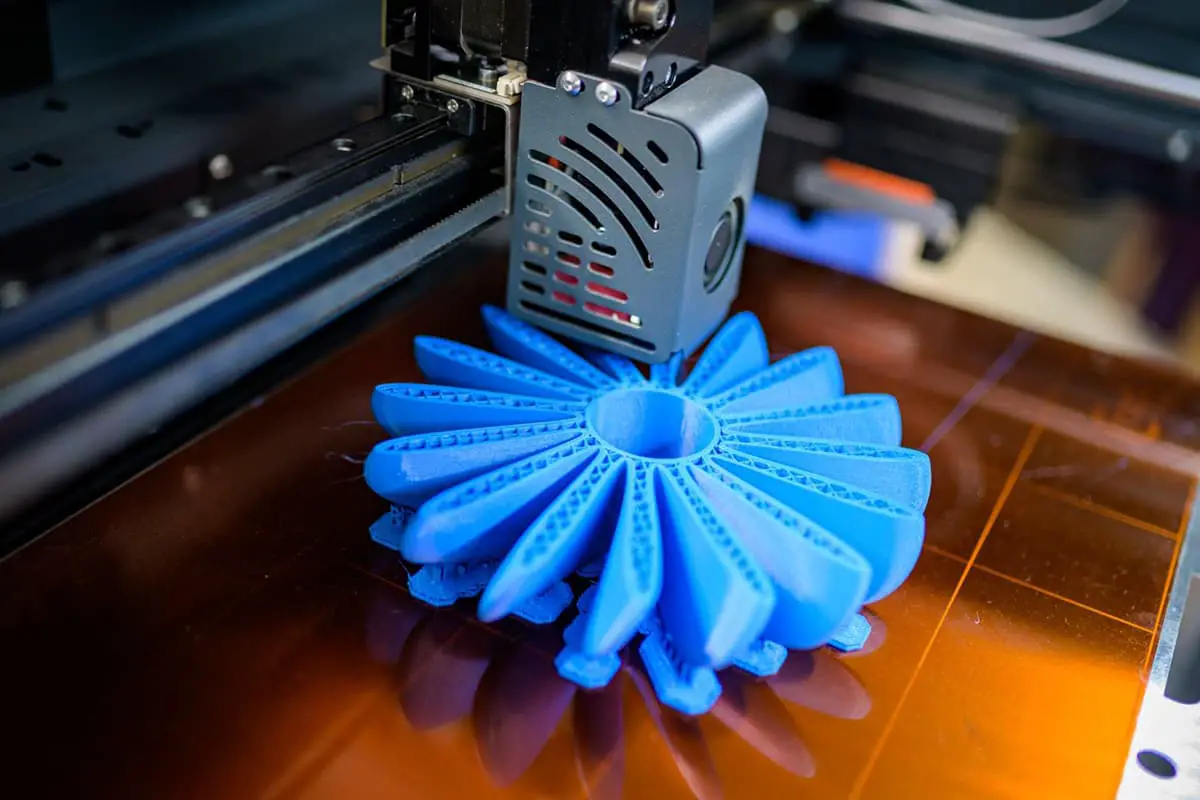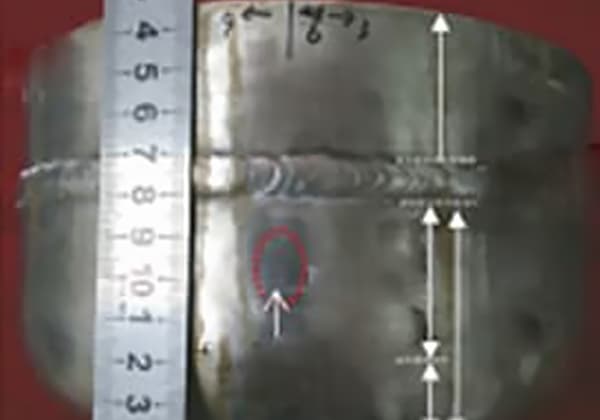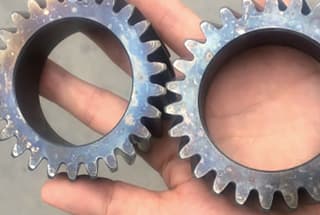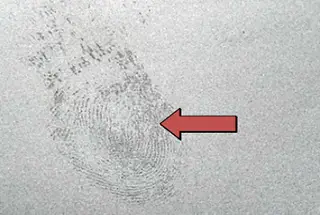
Servo systems are an integral part of electromechanical products, providing the highest level of dynamic response and torque density. Hence, the trend in drive system development is to replace traditional hydraulic, DC, stepper, and AC variable speed drives with AC servo drives. This transition aims to elevate system performance to a new level, including shorter […]
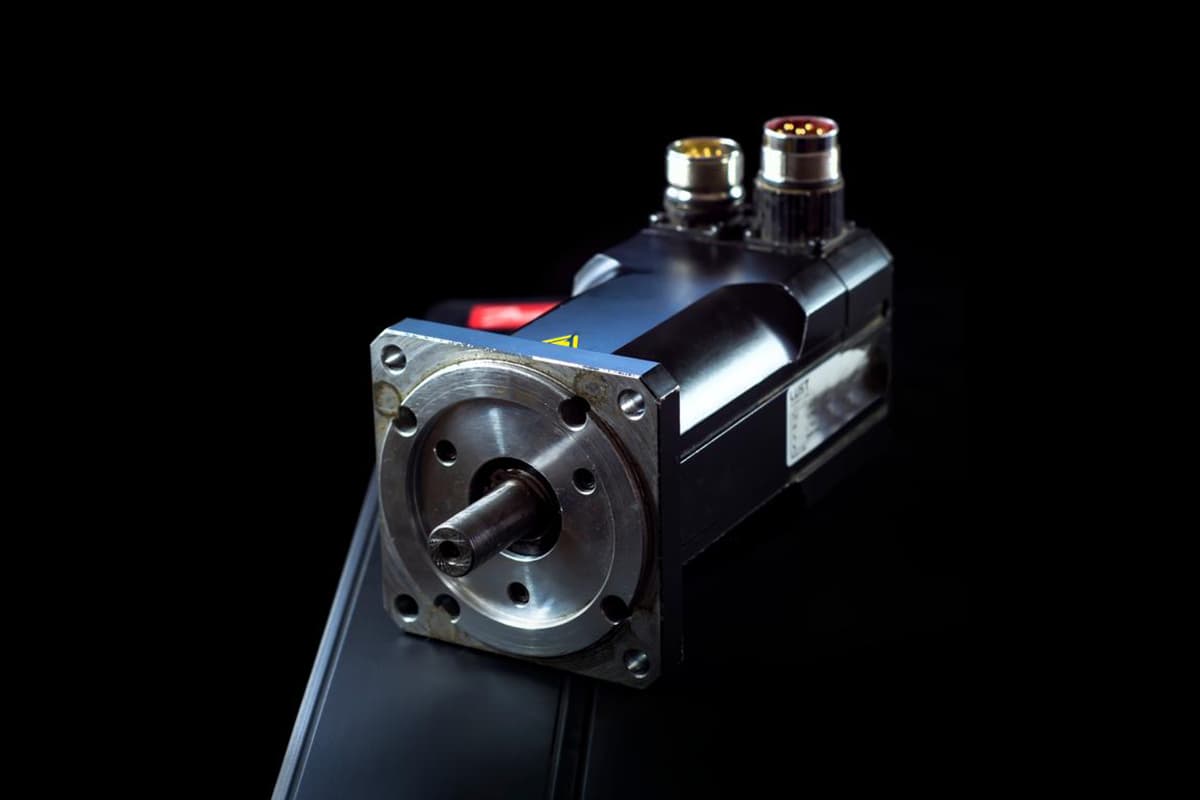
Servo systems are an integral part of electromechanical products, providing the highest level of dynamic response and torque density.
Hence, the trend in drive system development is to replace traditional hydraulic, DC, stepper, and AC variable speed drives with AC servo drives.
This transition aims to elevate system performance to a new level, including shorter cycles, higher productivity, improved reliability, and longer lifespan.
To maximize the performance of servo motors, understanding some of their unique usage characteristics is essential.

Customers often encounter excessive noise and unstable operation when using servo motors on certain machines. When these problems arise, many users’ first reaction is to question the quality of the servo motor.
This is because when they switch to stepper motors or variable frequency motors to drive the load, the noise and instability often significantly decrease.
At first glance, it does indeed appear to be an issue with the servo motor.
However, a careful analysis of the working principle of the servo motor reveals that this conclusion is entirely misguided.
The AC servo system consists of a servo drive, a servo motor, and a feedback sensor (generally, the servo motor comes with an optical encoder).
All these components operate within a closed-loop control system: the drive receives parameter information from the outside, then delivers a specific current to the motor, which converts it into torque to drive the load.
The load performs actions or accelerates/decelerates based on its characteristics.
The sensor measures the position of the load, allowing the drive device to compare the set information value with the actual position value. It then adjusts the motor current to keep the actual position value consistent with the set information value.
When a sudden load change causes a speed variation, the encoder will immediately relay this speed change to the servo drive.
The drive then changes the current provided to the servo motor to accommodate the load change and return to the preset speed.
The AC servo system is a highly responsive closed-loop system, where the response time lag between load fluctuation and speed correction is very fast. At this point, the main limitation on system response is the transmission time of the mechanical connection device.
To provide a simple example: consider a machine that uses a servo motor to drive a constant speed, high inertia load via a V-belt. The entire system needs to maintain a constant speed and rapid response characteristics. Let’s analyze its operation process.
When the drive delivers current to the motor, the motor immediately generates torque. Initially, due to the elasticity of the V-belt, the load does not accelerate as quickly as the motor.
The servo motor reaches the set speed earlier than the load, at which point the encoder mounted on the motor weakens the current, subsequently reducing the torque. As the tension in the V-belt continuously increases, the motor’s speed slows down.
Then, the driver increases the current again, and this cycle repeats. Official Account: SolidWorks Non-standard Mechanical Design.
In this case, the system oscillates, the motor torque fluctuates, and the load speed fluctuates accordingly.
The resulting noise, wear, and instability are inevitable. However, these are not caused by the servo motor. Such noise and instability originate from the mechanical transmission device and are due to a mismatch between the high speed of the servo system response and the longer mechanical transmission or response time.
That is, the response of the servo motor is faster than the time required for the system to adjust to the new torque.
After identifying the root of the problem, solving it becomes much easier. Referring to the previous example, you could:
(1) Increase mechanical rigidity and reduce system inertia, thereby decreasing the response time of mechanical transmission parts. For instance, replace V-belts with direct screw drives, or use gearboxes instead of V-belts.
(2) Slow down the response speed of the servo system and reduce the control bandwidth of the servo system, such as decreasing the gain value of the servo system.
Of course, these are only some reasons for noise and instability. Different solutions exist for different causes. For example, noise caused by mechanical resonance can be addressed by implementing resonance suppression or low-pass filtering in the servo system. In conclusion, the causes of noise and instability are generally not due to the servo motor itself.
During the selection and tuning of servo systems, the issue of inertia often arises. Specifically, it manifests as follows:
1. When choosing a servo system, besides considering factors such as the torque and rated speed of the motor, we first need to calculate the inertia of the mechanical system converted to the motor shaft.
Then we choose a motor with an appropriate size of inertia, based on the actual action requirements of the machinery and the quality requirements of the workpiece.
2. During tuning (in manual mode), correctly setting the inertia ratio parameter is a prerequisite for maximizing the performance of the machinery and the servo system.
This point is particularly prominent in systems that require high speed and high precision (Delta servo inertia ratio parameter is 1-37, JL/JM). Thus, the problem of inertia matching arises! So, what exactly is “inertia matching”?
1. According to Newton’s second law, the torque required for the feed system, T, equals the system’s moment of inertia, J, multiplied by the angular acceleration, θ. The angular acceleration θ impacts the system’s dynamic characteristics. The smaller θ is, the longer the time from the controller’s command to the execution of the system, resulting in a slower system response. If θ fluctuates, the system response will vary in speed, affecting machining accuracy. Given that the maximum output T remains constant once the motor is selected, if we want minimal changes in θ, J should be as small as possible.
2. The total inertia of the feed shaft, J, equals the rotational inertia of the servo motor, JM, plus the load inertia converted from the motor shaft, JL. The load inertia JL consists of the inertia of linear and rotating components such as the worktable (in the case of machine tools), the fixtures and workpieces on it, the screw, the coupling, etc., all converted to the inertia on the motor shaft. JM represents the inertia of the servo motor’s rotor, which is a constant once the servo motor is selected, while JL fluctuates with changes in the load such as the workpiece. If you want the rate of change in J to be smaller, it is best to minimize the proportion that JL occupies. This is commonly referred to as “inertia matching.”
Now that we understand what inertia matching is, what specific impacts does it have, and how is it determined?
Impact:
The drive inertia affects the accuracy, stability, and dynamic response of the servo system. A larger inertia results in a larger system mechanical constant, slower response, and a reduced system natural frequency, potentially leading to resonance.
This limits the servo bandwidth and impacts the servo accuracy and response speed.
An appropriate increase in inertia is only advantageous when improving low-speed crawling. Therefore, in mechanical design, efforts should be made to minimize inertia without compromising system rigidity.
Determination:
When evaluating the dynamic characteristics of a mechanical system, the smaller the inertia, the better the system’s dynamic response. Conversely, larger inertia leads to a larger motor load, making control more challenging.
However, the mechanical system’s inertia must match the motor inertia. Different mechanisms have varied selections for inertia matching principles, each with unique functional displays.
For example, during high-speed cutting with a CNC machining center through a servo motor, when the load inertia increases, the following occurs:
(1) When control commands change, the motor takes considerable time to reach the speed requirements of the new instruction;
(2) Significant errors can occur when the machine operates along two axes to execute fast arcuate cutting:
i. Under normal circumstances with typical servo motors, if JL is less than or equal to JM, the above issues will not occur.
ii. If JL equals 3 times JM, the motor’s controllability will slightly decrease, but this won’t impact routine metal cutting. (For high-speed curve cutting, it’s generally recommended that JL be less than or equal to JM).
iii. When JL is 3 times JM or more, the motor’s controllability will significantly decrease, which is particularly noticeable during high-speed curve cutting.
Different mechanical actions and quality requirements of machining require different relationships between JL and JM.
The determination of inertia matching needs to be based on the technological characteristics of the machine and the quality requirements of the machining process.
After finalizing the mechanical transmission scheme, it’s necessary to select and confirm the model and size of the servo motor.
(1) Selection Criteria
In general, the selection of a servo motor should satisfy the following situations:
(2) Selection Calculations

